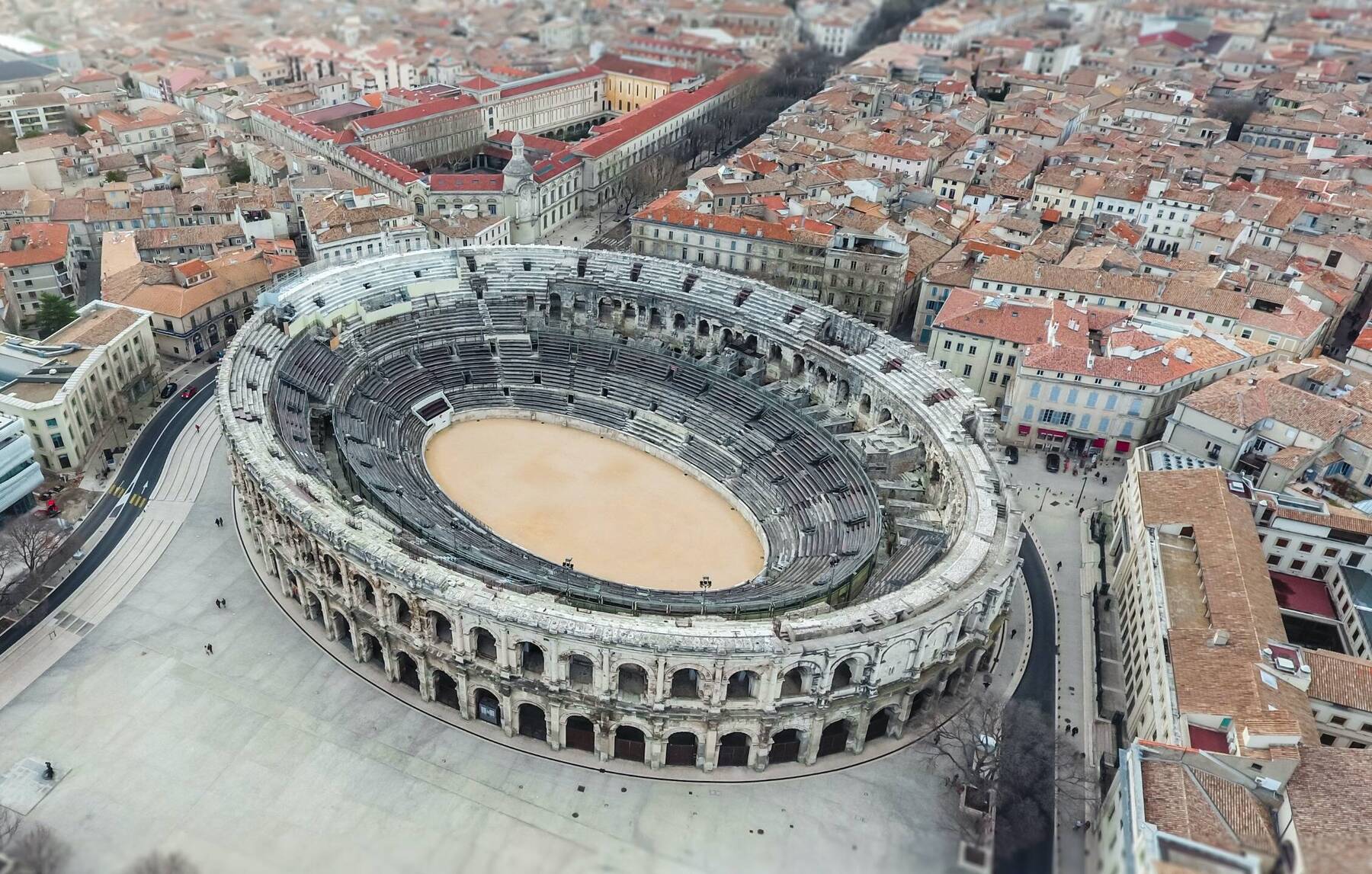Uzes for foodies
The high-speed TGV train from Paris takes you to Avignon in under 3 hours, from where Uzes is less than an hour’s drive. It is a divine drive through quintessentially Provencal countryside, overflowing with farms and fields. Uzes ‘done right’ simply involves getting lost in pretty streets and taking a historic walking tour to explore the 12th-century Duchy (castle), medieval gardens, Cathedral and a Pisa-lookalike, the Fenestrelle Tower.
But the real draw of the town is gastronomy. Fantasies of a leisurely, authentic French meal come alive easily in one of the traditional bistros. Whether it is family cooking, elegant fine-dining, drinks at the Place aux Herbes or a casual bite, Uzes is a pure delight for fans of French food. If you happen to be there on a Wednesday or Saturday, indulge your inner chef instincts by shopping for cheese, charcuterie, artisan bread, wine, olive oil or honey at the local markets.
As for delicacy-diggers, there’s nothing better than the partaking in the Uzes Truffles festival of January.






















Comments